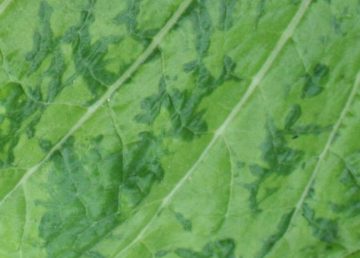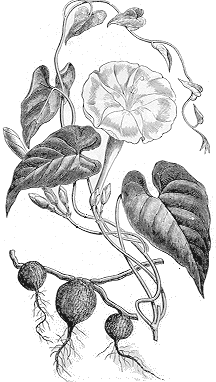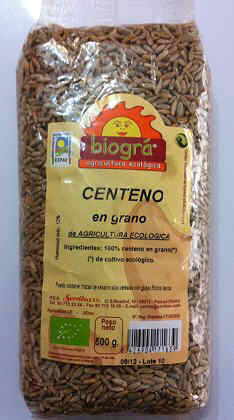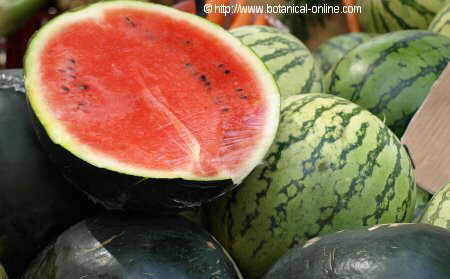Contents
What are the main viruses that affect tomatoes?
Prevention for tomato viruses
Since there is no specific product for viral diseases, preventive measures are imposed, such as:
- The use of resistant varieties
- The control of vectors that transmit diseases (flies, aphids, etc.)
- The cleaning and elimination of affected material.
Clean the material in contact with tomatoes
Many of the infections occur through the wounds made with infected tools or by transmission of the virus from the hands or clothes of the horticulturist to the plant. Care and cleaning of the hands and disinfection of clothes and tools is very necessary.
To disinfect the tools it is advisable to introduce them for half an hour in a 3% preparation of trisodium phosphate that can also be used to clean the hands. In this last case it is necessary to keep in mind to clarify them with abundant water. Alternatively, soap and water can be used for the same purpose.
It is recommended to dip your hands in milk while handling the seedlings. In this way, in the presence of a potentially infected plant, microorganisms can get stuck in it without being transferred to other healthy plants.
Those plants that are infected should be eliminated right away. Afterwards, a good cleaning of the hands will be done before handling healthy plants.
How to control de vectors that can transmit a disease?
The use of insecticides to eliminate the vectors does not justify the total success, because they flee when threatened to nearby places and then return. Much more effective seems to be the installation of a mesh of fine holes to prevent them from accessing the plants.
Other mechanisms have been used as bait plants or planting barriers from other crops, such as corn, that can stop them. However, in most cases, they have not been effective.
Viral diseases of tomato crops
Among the main diseases caused by viruses we have:

- Tobacco mosaic virus (TMV) : It is a type of virus that, as the name suggests, attacks tobacco and other Solanaceae such as tomatoes. Among the most characteristic symptoms is the loss of color between the veins of the young leaves that then increases to form the typical mottle of the mosaic viruses.In times of great heat and dryness, it can produce large dry patches on the leaves. Transmission occurs through contact and through infected seeds.
* More information: Tobacco mosaic virus
- Tomato mosaic virus (ToMV): It produces a light green and dark green mottled on the leaves. The leaves cease to be functional so it stops or hinders the plant metabolism. Tomatoes may appear deformed, may show spots or may have difficulties in maturing.
- Tomato spotted wilt virus (TSWV) It is one of the most active viruses and with a wider spread within the plant world. More than 170 species of flowers and vegetables that are susceptible to infection have been counted. Among them we can mention the following foods: Celery, beans, aubergines, cauliflowers, escaroles, spinach, lettuce, peanuts, cucumbers, peppers, potatoes, and tomatoesIts transmission occurs through thrips: The western flower thrips (Frankliniella occidentalis) ; The common blossom thrips (Frankliniella schultzei), Florida flower thrips ( Frankliniella fusca), tobacco thrips (Frankliniella occidentalis ), etc. It is a virus that has spread throughout the world, often through infected ornamental plants (geraniums, hydrangeas, dahlias, springs, petunias, coleos, etc)It produces dark bronze stains on the leaves, black bands on the petioles of the leaves or on the stems, leaf necrosis or dryness of the ends. The green fruits have circles of a light green speck, while the infection is evident in mature tomatoes that have patches with a characteristic reddish yellowish discoloration.The best way to avoid the disease is prevention that focuses on both adequate measures to control the direct infection of the virus and stop the access of the transmission vector that propagates it. In this sense, measures are used as different as the placement of very thick meshes that prevent the passage of these insects, as well as spraying with suitable insecticides to eliminate them
- Cucumber mosaic virus (CMV): It affects even more plants than the previous virus (about 190 plants). It is named because it was discovered for the first time in 1934 on cucumbers, although it can affect other well-known plants such as melons, pumpkins, tomatoes, carrots, spinach, beans, celery, etc. Numerous flowers are also affected by this virus
* More information: Cucumber mosaic virus
- Potato virus Y(PVY): It is a virus that infects Solanaceae such as potatoes, peppers and tomatoes or other wild herbs of the same family. Among the most characteristic symptoms is mottling or, in more severe cases, the complete drying of the leaf, which usually remains hanging dry from the stem.
* More information: Potato virus Y
- Potato virus X (PVX) It is a type of virus that, in many cases is latent, and does not show much damage. However, in other cases, it is combined with the Y virus of the potato to produce worse effects than the latter. Transmission is produced by contact. In addition to potatoes, it also affects tomatoes, peppers and tobacco.
* More information: Potato virus X
- Peruvian tomato mosaic virus (PTOMV): It has been detected only in Peru. It is a type of mosaic that attacks tomatoes and cucumbers.
![]() More information on tomato diseases and cultivation
More information on tomato diseases and cultivation








